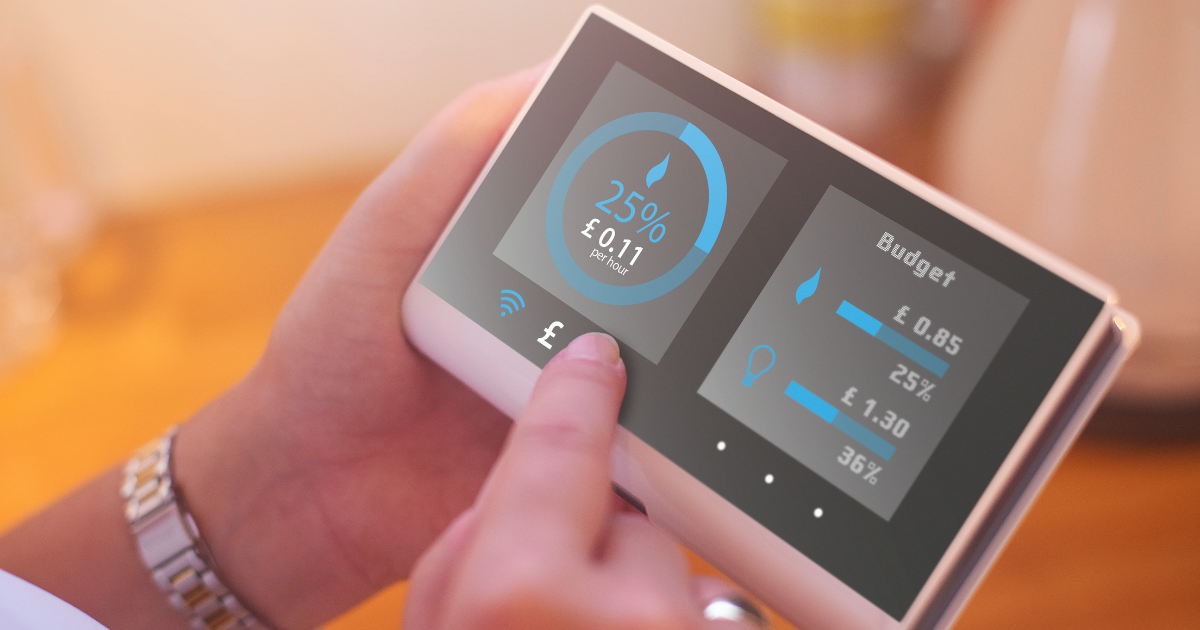Getting Smart with Solar: Tariffs Explained for Solar PV Owners

If you’ve already made the leap to solar, you’re ahead of the game — generating your own clean electricity and cutting down those rising energy bills. But even with panels on your roof, one important piece of the puzzle often gets overlooked: your energy tariff.
Choosing the right tariff can make a big difference to how much you save — and how much you earn — as a solar PV owner. Whether you’re feeding power back into the grid or using your energy more wisely, here’s how to make sure your tariff is working as hard as your panels are.
Tariff Jargon Buster – What It All Means
Before we dive in, let’s break down a few key terms you’ll come across when exploring energy tariffs:
kWh (Kilowatt-hour)
This is the unit used to measure energy. Your bill (and your savings) are calculated based on how many kilowatt-hours you use or export.
Standing Charge
A fixed daily fee you pay to be connected to the grid — even if you don’t use much electricity.
SEG (Smart Export Guarantee)
This is the payment you receive for exporting unused electricity from your solar panels back to the grid. It replaced the old Feed-in Tariff scheme and rates vary by supplier.
Understanding these basics helps you cut through the noise and see what a tariff is really offering.
Why One Tariff Doesn’t Fit All
Here’s the thing: not all solar setups (or households) are the same.
Some people generate more than they use and want the best SEG export rate. Others use most of their solar power during the day and care more about low unit prices when the sun’s not shining.
The right tariff for you depends on:
- How much electricity you export
- Whether you have battery storage
- If you own an electric vehicle (EV)
- How flexible you can be with your energy use
It’s not just about the cheapest tariff — it’s about the smartest one for your setup and habits.
When Should You Switch Tariffs?
Solar owners often forget to check in on their tariff once the panels are up and running — but the market changes fast.
Here’s when you should consider switching:
- Your fixed deal is ending – Don’t default to a pricey standard rate.
- You’ve added battery storage or an EV – You may now benefit from time-of-use tariffs.
- SEG rates have improved elsewhere – Some suppliers offer far better export payments than others.
- You’re using more energy in the evenings – A better off-peak rate could save you a lot.
A quick check once or twice a year can keep your tariff optimised and your savings on track.
What to Look Out For – Hidden Gems and Smart Deals
The best deals for solar owners often come with features beyond just the price per kWh. Here are a few things to keep an eye on:
EV Tariffs
If you’ve got (or are thinking about) an electric vehicle, some suppliers offer ultra-low overnight rates perfect for charging your car — and your home battery.
EV Tariffs Off-Peak or Time-of-Use Tariffs
Tariffs like Octopus Agile or Economy 7 reward you for shifting your energy use to cheaper hours. These can pair brilliantly with battery systems that store low-cost energy for later use.
SEG Rates
Always compare SEG payments. They’re not all created equal — and you’re allowed to get your SEG from a different supplier than your import tariff.
Smart Meter Requirements
Some tariffs require a smart meter to track when you’re using (or exporting) energy. If you haven’t had one installed yet, it’s worth considering.
A Final Word: Make Your Solar Setup Work Harder
You’ve already made a great move by investing in solar. But don’t let a mismatched tariff hold you back. By choosing a tariff that suits your lifestyle and setup, you can unlock even more value — and feel even more in control of your energy future.
Need help navigating the options?
At ASK Renewables, we don’t just stop at installation — we’re here to help you get the most from your system, year after year. Whether you’re wondering if you’re on the right tariff or exploring storage and EV solutions, we’re only ever a call away.
